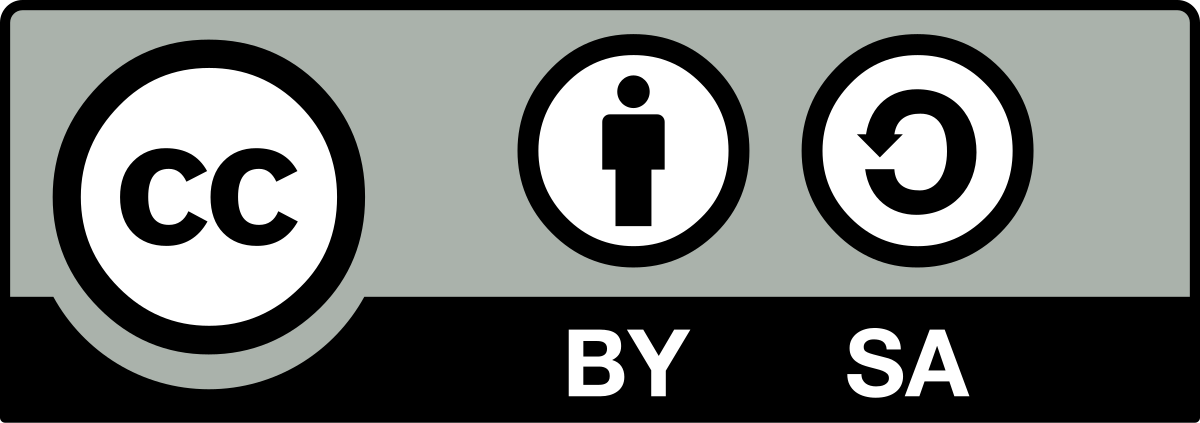Using linguistic methods in clinical communication education
 ; O'Neill, Bernadette; Ancarno, Clyde; and Niksic, Maja.
2016.
Using linguistic methods in clinical communication education.
MedEdPublish,
[Article]
; O'Neill, Bernadette; Ancarno, Clyde; and Niksic, Maja.
2016.
Using linguistic methods in clinical communication education.
MedEdPublish,
[Article]
Analysis and reflection are important components of clinical communication learning in undergraduate medical education. Current medical consultation models do not provide an effective means to analyze interaction during consultations, compromising a conversational approach to consultations. This paper introduces a conversational analytic framework: The Clin-Com Tool (CCT), drawing on interactional linguistics. Methods: 17 medical students and six communication tutors took part in an educational intervention. A mixed-methods evaluation was conducted to compare 1) participants’ abilities to analyze consultations pre- and post-intervention, and 2) elicit their perspectives of learning and using the CCT. Results: The findings showed an improvement in participants’ analytic skills in the post-intervention test (p<0.044, 95% Confidence Interval). Participants felt that the CCT heightened awareness of interactional features and socio-cultural effects on communication, and provided a systematic approach to analysis using a set of common language. Conclusion: The CCT emphasizes the development of students’ critical ability to judge and act upon the constantly changing interactional communicative situations. It transforms intuitive feelings into systematic and evidence-based analysis of interaction, enabling the development of more strategic and conversational communication with patients. The Tool can become a useful addition to other communication and consultation models used in undergraduate medial education.
| Item Type | Article |
|---|---|
| Keywords | Clinical Communication, Undergraduate medical education, Interactional linguistics, Analysis and reflection |
| Departments, Centres and Research Units | English and Comparative Literature |
| Date Deposited | 06 Feb 2019 14:34 |
| Last Modified | 29 Apr 2020 17:06 |
